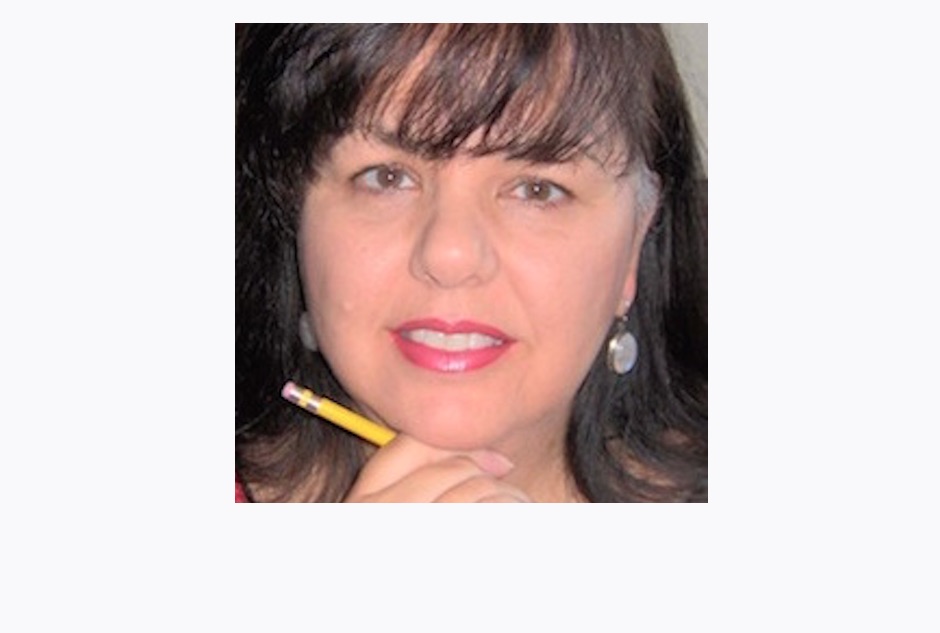I am appreciative of the public interest that people have in my section 15 Charter court case, where I am challenging the continued sex discrimination and the denial of Indian status registration due to an unknown paternal grandfather.
When a father’s signature is lacking on a child’s birth registration form, and the mother is registered under section 6(2) of the Indian Act, Aboriginal Affairs and Northern Development Canada’s (formerly Indian and Northern Affairs Canada) “paternity trap” denies the child status registration. Disturbingly this practice of denial also occurs in situations where the child is the result of sexual violence such as rape.
As a result, these children, me included, are also denied their treaty rights such as education and health care.
I am also appreciative that there is the need to be respectful of the hard work my lawyers and their legal team at Aboriginal Legal Services Toronto have done so far in moving my Charter case forward.
As such, I need to politely clear up an inaccuracy reported in a few recent news articles. In these news articles it was argued that my lawyers filed the statement of claim (SofC) in the wrong court, and further that it had to be re-filed in the correct court. This is not true. We filed the SofC with the Ontario Supreme Court of Justice. This was the correct path to take.
Something did go awry though. It is my position that the court made an error when it struck my first SofC. In May 2001, and through my SofC, my lawyers correctly challenged the Registrar of Indian and Northern Affairs Canada’s (INAC) practice of assuming my unknown paternal grandfather was/is a non-Indian.
This approach of challenging the Registrar’s practice was taken because there is absolutely nothing in the Indian Act that directs the Registrar to carry out this practice; he/she just went ahead and did it. Succinctly, the Registrar made the assumption that my paternal grandfather was/is a non-Indian and applied this assumption to my application for Indian status entitlement as a matter of internal practice, procedure, or policy, whatever the case may be.
The Department of Justice (DOJ), representing the interests of the Canada, filed a motion to strike my SofC, and in November 2001, while in court, argued that we incorrectly challenged the Registrar’s practice, further arguing we needed to challenge the Indian Act itself. Agreeing with this argument, the Ontario Supreme Court of Justice struck my SofC. In September 2002, we took this decision to the Ontario Court of Appeal which agreed and upheld the lower court decision.
In sum, contrary to news reports we were in the right court. Further, it is my position that we correctly challenged the Registrar’s practice, as the Indian Act is silent on the matter of unknown paternity. As such, it is also my position that the DOJ incorrectly argued that we needed to challenge the Indian Act. Through their power, the DOJ was successful at throwing in this wrench. Needless to say I have learned that justice remedies are more about power than they are about what is right and fair.
A person has to ask: why would two levels of Canadian court do this, and why would a Canadian court system force me to go through a long process of challenging legislation laden with sex discrimination that generations of Indigenous women have already challenged — especially in light of the fact that we live in a post Charter era? After all, it was in 1857 with the Civilization Act, a predecessor to the Indian Act, when the sex discrimination was first codified into law. Is not 157 years of sex discrimination long enough?
Furthermore, one has to ask; Would it not be easier for Canada to simply change the Registrar of Aboriginal Affairs and Northern Development Canada’s practice? In offering my response, to why this approach is not taken, realize it is quite simple to understand. Mediated by and through the power of a European and thus foreign court system, with the their continued motivation to deny Indigenous people their rights, the court, who represents the Crown, also serves to continue to deny Indigenous justice.
Over time, it has become obvious to me that the justice system in Canada is not a place where Indigenous people will achieve justice, nor the protection of the treaty rights that Indian status registration provides. Rather, Canada’s legal system is a tool of the oppressor. While I may have been naive of this fact 27 years ago, in 1985, when the Bill C-31 amendment to the Indian Act took place, and when I first began my effort to gain Indian status entitlement, I am naive no longer. I know today, with its intentionally constructed layers of structural oppression, Canada is without a doubt a hostile place for Indigenous people. I hope others, journalists included, learn from my process.
Chi-Miigwetch to everyone who has supported my effort: family, lawyers, researchers, students, friends, Facebook group members, journalists, and editors.
Lynn Gehl is Algonquin Anishinaabe-kwe from the Ottawa River Valley, Ontario Canada. Her traditional name is Gii-Zhigaate-Mnidoo-Kwe.



